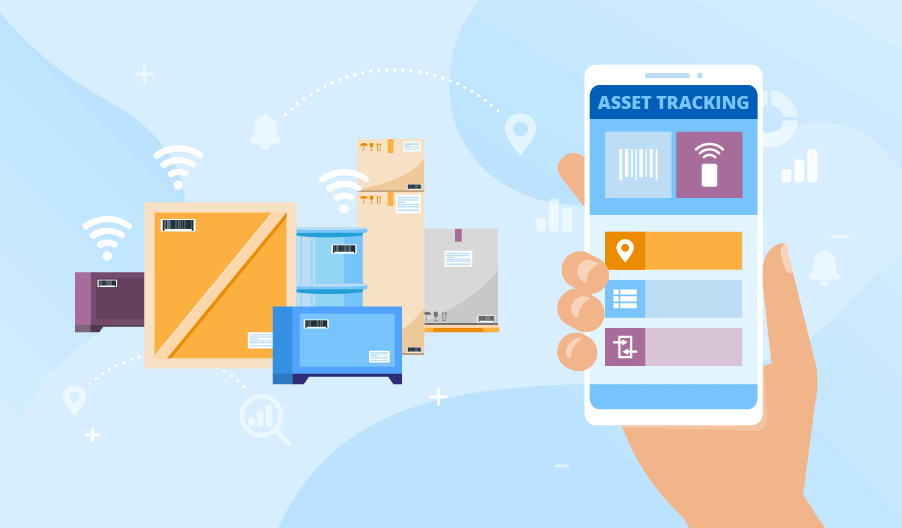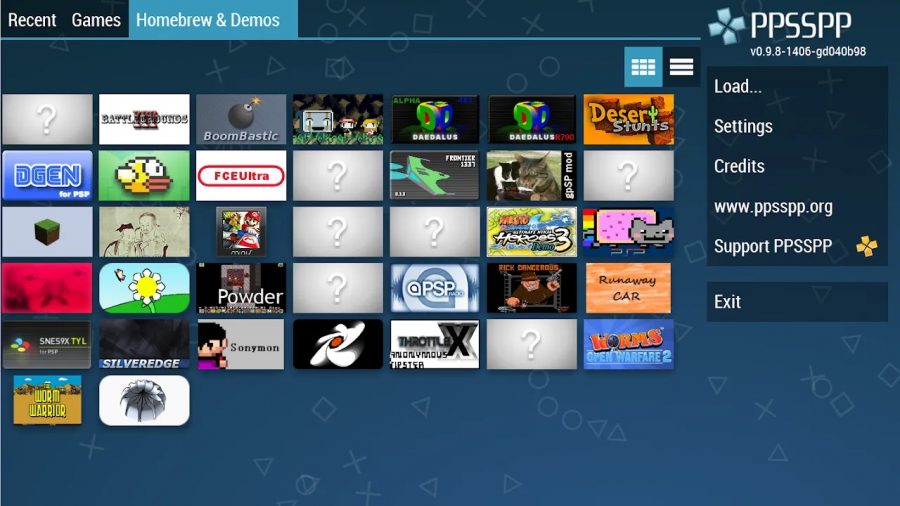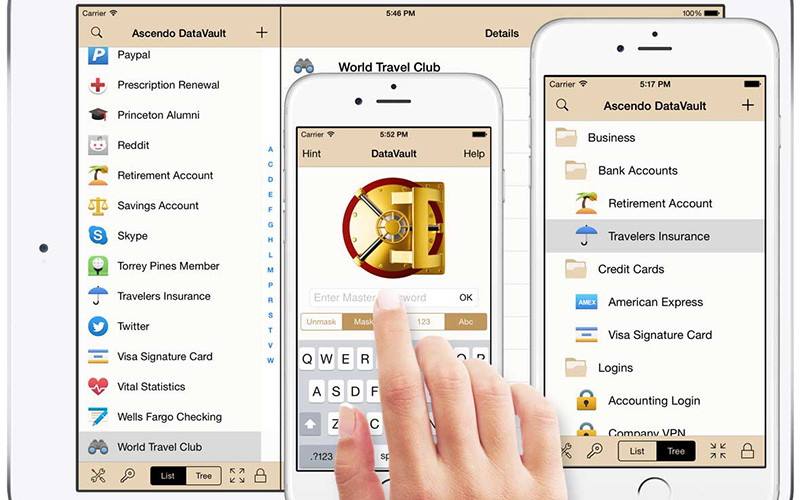Best Asset Tracking Software In 2024

Best and most popular asset tracking software will be explained here. Do you know what asset tracking software is? As a member of an organisation, you can be in charge of looking after its material possessions. You can manage and locate your organization’s physical assets with the use of asset management software, and you can also replace physical assets that have reached the end of their useful lives. Asset tracking can be very time- and money-consuming. Use an asset management system software to track your assets in real time, improve the effectiveness of production planning, and minimise downtime in order to solve this problem. In the modern world, asset tracking software plays a crucial role in managing IT and non-IT assets like records, hardware, and software. There are many answers on the market, but for the greatest outcomes, you must choose the best asset management software.
Best Asset Tracking Software In 2024
Top 12 Best Asset Tracking Software In 2024 are explained here.
Assets are essential components for any business or organisation. For enterprises of all sizes, managing, finding, and tracking these assets is a problem. Tracking an asset’s lifecycle increases its value and helps you save money. Asset management tracking solutions can make your work easier even though tracking assets takes a lot of time.
What is Asset Tracking Software?
Asset tracking software aims to reduce equipment loss and increase asset efficiency. An company can save money and time by knowing the specifics about an asset, such as its location, who is using it, when it will be returned, whether any repairs or maintenance are necessary, and whether any certifications need to be updated. Companies may track their assets precisely, quickly, and in real-time using asset management software. This post will explain asset tracking software.
What Functions Does Asset Tracking Software Have?
Asset tracking software’s primary purpose is to help you save money. Regardless of the asset tracking software you decide on, every function should ideally enable you to recover your costs in some way. Before making an investment in an asset tracking system, you should carefully check for the following features.
Managing the life cycle of an asset:
The best asset tracking software enables businesses to keep track of every aspect of an asset, including its location, scheduled maintenance, repairs, and other important data.
SIMPLIFY OPERATIONS FOR THE WORKFLOW:
By optimising procedures, the software must enhance your equipment inventory management. Because it’s important to know what’s needed, who has it, and when it has to be returned.
RESTRICTION ON THEFT:
Asset theft must be detected since it could cost your business a lot of money without you ever recognising it. When a theft happens, a competent asset management system handles insurance and aids managers in knowing if any unlawful asset use occurs.
SIMPLE DEPLOYMENT:
Data migration is one of the main worries, therefore make sure your asset management platform provides an easy deployment technique. Asset tracking allows managers to monitor the usage and location of each asset from a single central dashboard.
HISTORY OF DATA:
You must simply be able to create customised reports with a solid asset management software. Data history will be quicker and easier to complete, resulting in more effective outcomes.
The software needs to be accessible from any location, at any time, and on any device. The software must be comfortable to use and have technical support available at all times.
SECURITY
You must be able to configure access in the software in order to specify who will have access privileges to particular asset kinds. Set up data administration tools, reports, and modules, as well as restrictions on what may be accessed and modified. This post will explain asset tracking software.
What Advantages Do Asset Tracking Software Offer?
You may build and manage all of your organization’s assets in a single system with asset management software. Asset tracking software also has a number of additional advantages. Asset management produces the results that organizations want when it is applied correctly. Here is a index of some of the most beneficial uses for asset tracking software:
Low administrative expenses
Asset tracking makes it easier for the administrative department to locate assets manually, which minimises human error. As a consequence, they have more period to devote to tasks that will generate income.
FACILITATES ACCOUNTABILITY:
If assets were not properly tracked, businesses could occasionally suffer significant loss without even being aware of it. By accurately tracking assets and keeping staff accountable for their proper handling, asset management software helps prevent these losses. Enhances Customer Service – Internal corporate enhancements, such as a well-stocked inventory or more knowledgeable staff, can enhance the organization’s ability to provide excellent customer service. This post will explain asset tracking software.
SETTING UP FOR FUTURE GROWTH:
It is challenging to quantify corporate growth using manual asset tracking. The software aids in corporate growth by assisting in the identification of asset consumption trends.
BETTER EFFICIENCY:
Asset tracking software offers in-depth analysis of the operation of your company’s physical areas, which is crucial in determining which industry makes use of equipment that makes business operations simpler. You can foresee asset demands by using asset tracking.
CERTIFICATION MAINTENANCE:
You can track more than just manual data with asset management software, including data on certifications and certain regulatory compliance.
Increasing accuracy
Accurate tracking makes it easier to know where assets are, how they are being used, and what holds to be done to keep them in use constantly.
ESTABLISHES CUSTOM REPORTS:
Asset tracking software rapidly and easily creates customizable reports of assets. This also contains cost reports, maintenance and location data, and asset utilisation data.
What is the Cost of Asset Tracking Software?
Because you will be accountable for finding and replacing your physical assets, asset tracking is essential for every business’ bottom line and compliance. By ensuring that your assets are current in all ways and operations, asset tracking software helps your business cut expenses and streamline labour. Every software has its own features, and it’s up to you to choose the one that works best for your software. Plan your budget and be clear about the features you want in the software. Then, inquire about the quotes and services each of the top asset tracking firms can provide. This post will explain asset tracking software.
You will gain more by comparing the features and costs of the software before making a software in one. Additionally, the software, which functions as a free premium, is available for download. Depending on their features, marketability, the package you select, and the size of your business, the costs of the finest asset tracking software vary. For small enterprises, the cost is as low as $19 per month, while major organisations pay $3000 per month. Try their free trial version to see how they operate and whether they are a good fit for your company’s needs before you purchase the best asset tracking software currently on the market.
Conclusion
Asset tracking is a crucial component of modern workplace management since, without knowing what you possess, you can’t estimate your costs. Given the variety of asset tracking programmes on the market, selecting one requires careful consideration of the needs of your business. Shortlist a couple of the top asset tracking software options available and contact them for a trial and quote before deciding which software to invest in.





